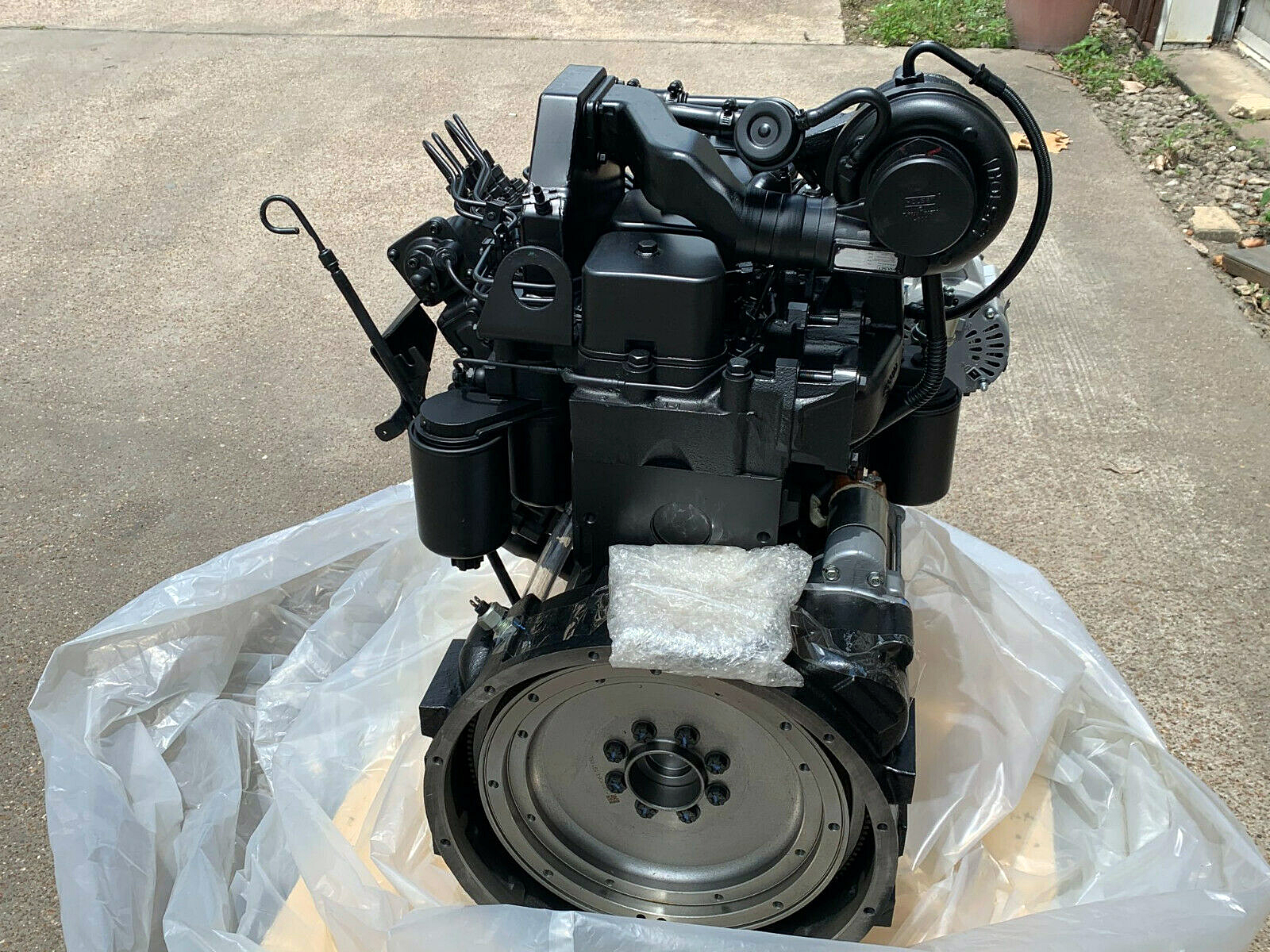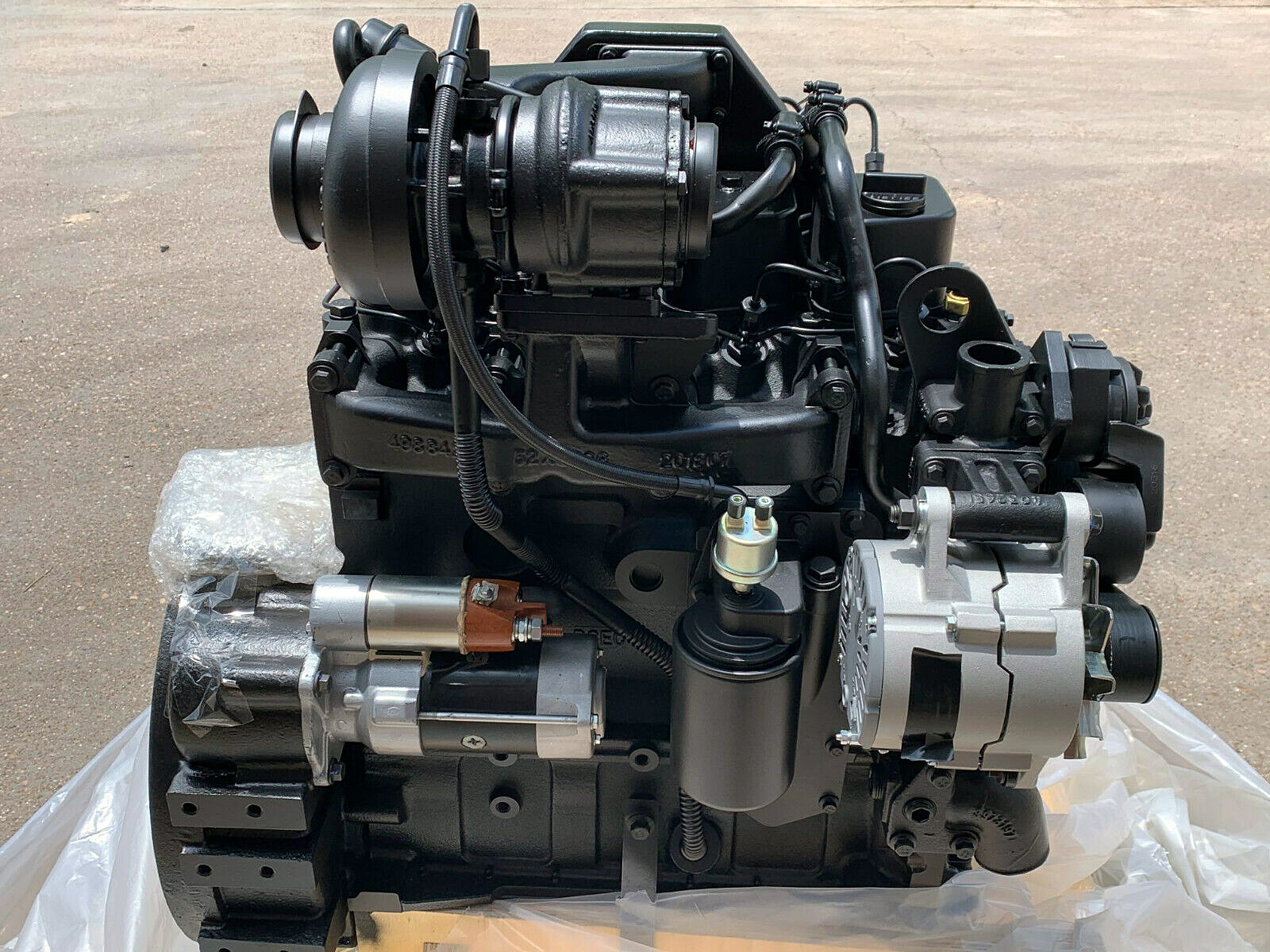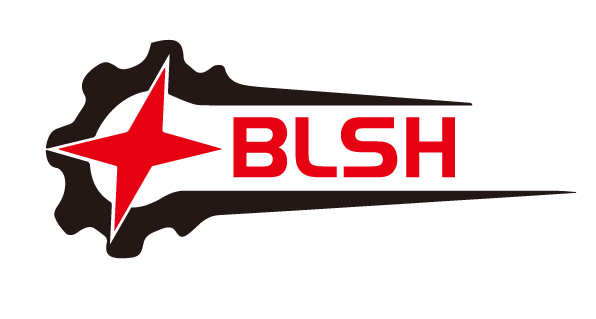DCEC Cummins QSB3.9-C110-30 Industrial Application Engine




| Engine Model | QSB3.9-C110-30 |
| Rated Power / Speed: | 110 HP @ 2200 RPM |
| Peak Torque: | 480 N.m @ 1600 RPM |
| Type | 6 Cylinders, in Line |
| Fuel System | HPCR |
| Aspiration | Turbocharged & Air-Air Intercooler |
| Displacement | 3.9 L |
| Bore * Stroke | 107 mm * 124 mm |
| Packing Size (L * W * H) | 778mm634mm912mm |
| Lead Time: | 5-15 Working Days |
General Infomation of DCEC QSB3.9-C110-30 Industrial Engine
| General Infomation of DCEC QSB3.9-C110-30 Industrial Engine | |||
| Engine Model | QSB3.9-C110-30 | Bore * Stroke | 107 mm * 124 mm |
| Curve&Datasheet | FR95420 | Displacement | 3.9 L |
| Emission Standard | Euro Stage III | Rated Power | 110 HP @ 2200 RPM |
| No. Of Cylinders | 4 Cylinders | Peak Torque | 480 N.m @1600 RPM |
| Fuel System | HPCR | Configuration | D383070CX03 |
| Aspiration | Turbocharged & Air-Air Intercooler | Packing Size(L * W * H) | N / A |
Performance Data of DCEC QSB3.9-C110-30 Industrial Engine
| Engine Performance Data Rated Power of DCEC QSB3.9-C110-30 Industrial Engine | |||||||
| Rated Power | Torque Peak | Low speed | Rated Power | Torque Peak | Low speed | ||
| Engine Speed | 2200 RPM | 1600 RPM | 800 RPM | Heat loss to coolant | 38.6 kW | 33.4 kW | 17.5 kW |
| Gross Power Output | 81 kW | 80 kW | 27 kW | Heat Rejection to Coolant | 180 L/min | 132 L/min | 97 L/min |
| Torque | 350 N.m | 480 N.m | 320 N.m | Heat loss to intercooler | 17 kW | 12.1 kW | 2.2 kW |
| The air flow | 123 L/s | 97 L/s | 26 L/s | Turbo Comp. Outlet Pressure | 150 kPa | 146 kPa | 20 kPa |
| Charge Air Flow | 9.58 kg | 7.54 kg | 2.01 kg | Turbo Comp. Outlet Temp. | 151 ℃ | 151 ℃ | 55 ℃ |
| Exhaust Gas Flow | 9.91 kg | 7.84 kg | 2.12 kg | The fuel flow | 19.5 kg/hr | 17.8 kg/hr | 6.8 kg/hr |
| Exhaust Gas Temp. | 480 ℃ | 490 ℃ | 470 ℃ | ||||
Advantages of DCEC QSB3.9-C110-30 Industrial Engine
The DCEC QSB3.9 series electronic industrial engine is designed to comply with varying EU emission standards (Stage III, IV, V), with the key differences between models lying in their after-treatment systems and ECU programming, not the engine hardware itself. Here’s a structured breakdown:
1. Emission Standards & Model Numbers
- 30/40/50 designations: Correspond to EU Stage III, IV, V compliance, respectively.
- Engine core: Identical across all models. Changes to meet stricter standards are achieved via:
- After-treatment systems: Components like selective catalytic reduction (SCR) or diesel particulate filters (DPFs) may be added or modified.
- ECU programming: Engine control software is updated to optimize performance and emissions.
2. Key Differences Between Models
- Stage III: Likely requires basic emissions controls.
- Stage IV/V: Incorporate advanced after-treatment (e.g., SCR, DOC/DPF) and refined ECU calibrations to meet stricter NOx/PM limits.
3. Availability & Support
- Unlisted models: Contact the BLSH sales team for technical details or custom configurations.
- Updates: Subscribe to EMAC’s website for real-time product page revisions.
4. Why This Matters
- Compliance: Ensures adherence to regional regulations (e.g., EU, North America).
- Flexibility: Same engine platform simplifies integration, while after-treatment adjustments future-proof compliance.
For specific needs, especially unlisted models or technical documents, reach out to BLSH’s sales/engineering team for tailored support.

